

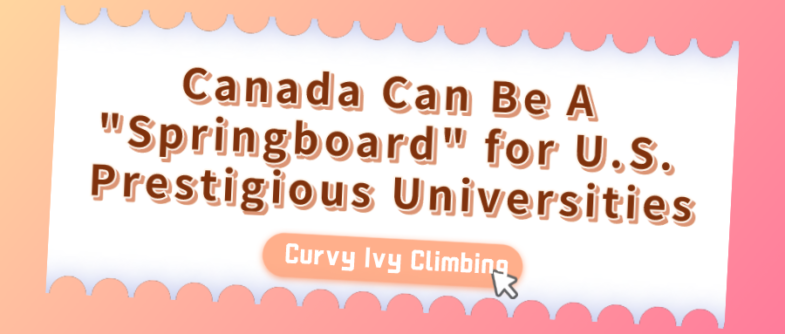
The so-called “Ivy Climbing” refers to the group whose whole family strives to send their children to the Ivy League schools. Traditional Ivy League schools include eight of the top universities in the United States: Harvard University, University of Pennsylvania, Yale University, Princeton University, Columbia University, Dartmouth College, Brown University, and Cornell University.
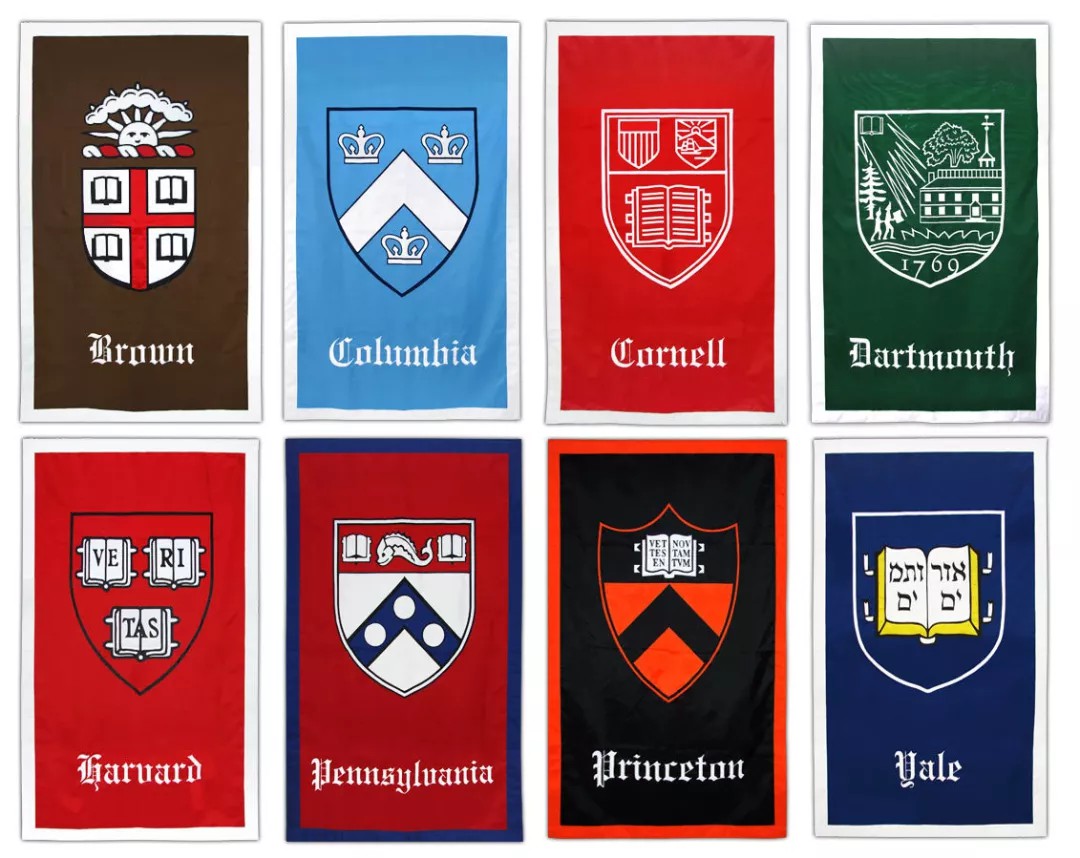
In recent years, Ivy League schools have been subdivided into three different levels: High, medium, and low. Compared with the Chinese community desperately “Ivy Climbing”, the “Curvy Ivy Climbing” that have appeared in recent years have become more and more popular.
01 “Curvy Ivy Climbing”
“Curvy Ivy Climbing” refers to a group of students who are not U.S. citizens and apply to the U.S. Ivy League school in their country of birth. A common path in recent years is to study in Canada for a few years before applying for an Ivy League school in the United States from Canada.
According to statistics from Harvard University, among the undergraduates studying at Harvard, there are currently 791 international students from 103 countries. One out of every 5.8 international students is from Canada.

In fact, it is not just Harvard, but Canadian international students basically rank among the top three in the proportion of international students in prestigious U.S. universities.
Since they are all international students anyway, the success rate will be higher by choosing Canada, the “Curvy Ivy Climbing” method. In fact, the benefits of treating Canada as a springboard for prestigious U.S. schools don’t stop there.
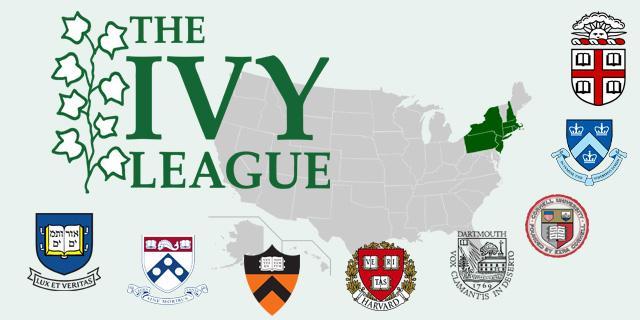
02 “Curvy Ivy Climbing” has a high success rate
Canadian universities are not bad, and the global rankings are also very high, but Canadian locals have a strong sense of local identity. At the same time, many local Canadians are discouraged by the too expensive tuition fees of U.S. universities. Therefore, most Canadian “Ivy Climbing” families mainly come from private schools and immigrants. That’s why the success rate of “Ivy Climbing” of Chinese Canadians is relatively high.
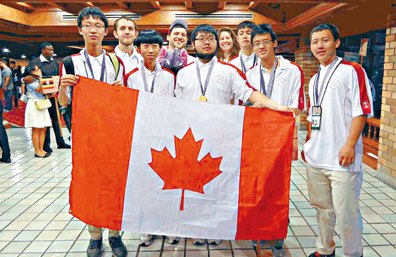
Chinese students in Canada can integrate into the multicultural and language environment of North America earlier. In daily learning, students can get more exercises of soft skills such as teamwork and leadership. In addition, Canada has many opportunities for volunteer activities, interests, sports, athletics, and art courses that can also enrich students’ resumes and increase the success rate of “Ivy Climbing”.
In the past 5-10 years, the success rate of Chinese Canadians can reach about 15%-22%. In contrast, the ratio is not low.

03 Treat Canada as a “bottom line”
Another advantage of traveling to Canada to “Curvy Ivy Climb” is that there are also many prestigious schools in Canada, and the application process does not require entrance examinations either. If the “Curvy Ivy Climbing” fails, it is also a good choice to directly study at prestigious schools in Canada like the University of Toronto, UBC, University of Western Ontario, University of Waterloo.

With a mentality like this, coming to Canada to “Curvy Ivy Climb”, even if the “climbing” fails, the cost is much smaller, it is really a “business with stable profit without losing”!
04 Words at the end
Although both Canada and the United States are in North America and have similar cultures and customs, the people who stay in Canada and the United States represent the different national personalities of the two countries.
Canadian social welfare is much higher than that of the United States, and the gap between the rich and the poor is smaller. Canadians are more “comfortable with the status quo and do not want to make progress.” This is the fundamental reason why Canada has no academic worship, students do not have huge academic pressure, and locals are not keen on “Ivy Climbing.”
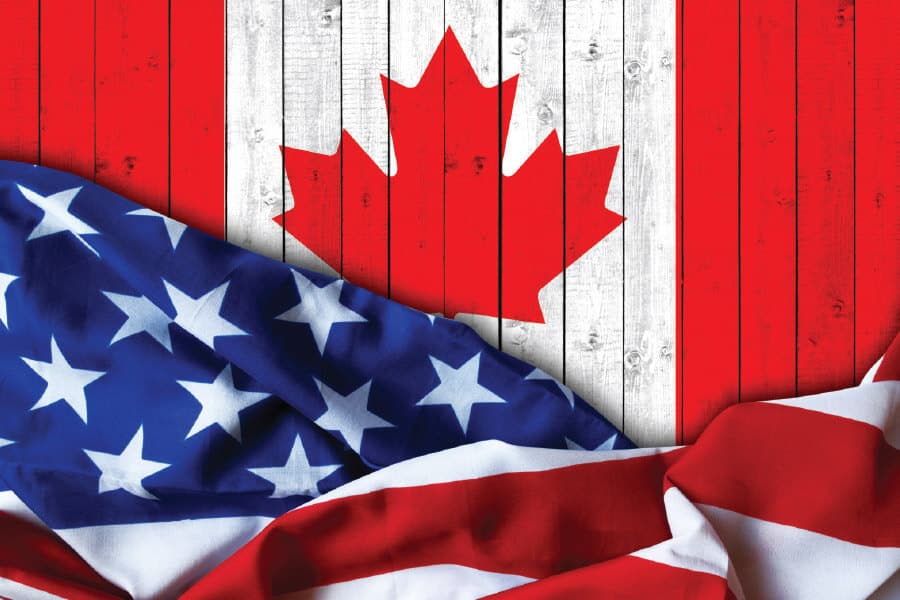
Canada also has an elite class, but the great social welfare system has smoothed out the class hatred between the rich and the poor: the elite aspire to change the world, while the common people are willing to live for social harmony.
The success of “Ivy Climbing” is worthy of praise and admiration, but only children and parents know the hard work, capital cost, and mental pressure.
Life is full of possibilities. Ivy League schools do not mean that lives will have a bright future, nor do they mean that life will be bleak.
Although Ivy Climbing is good, walking on the ground is also very stable.
